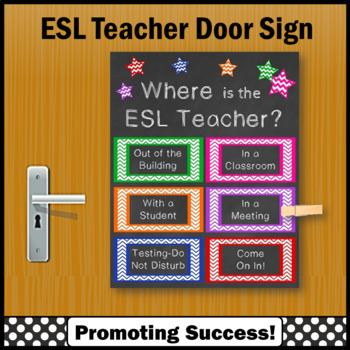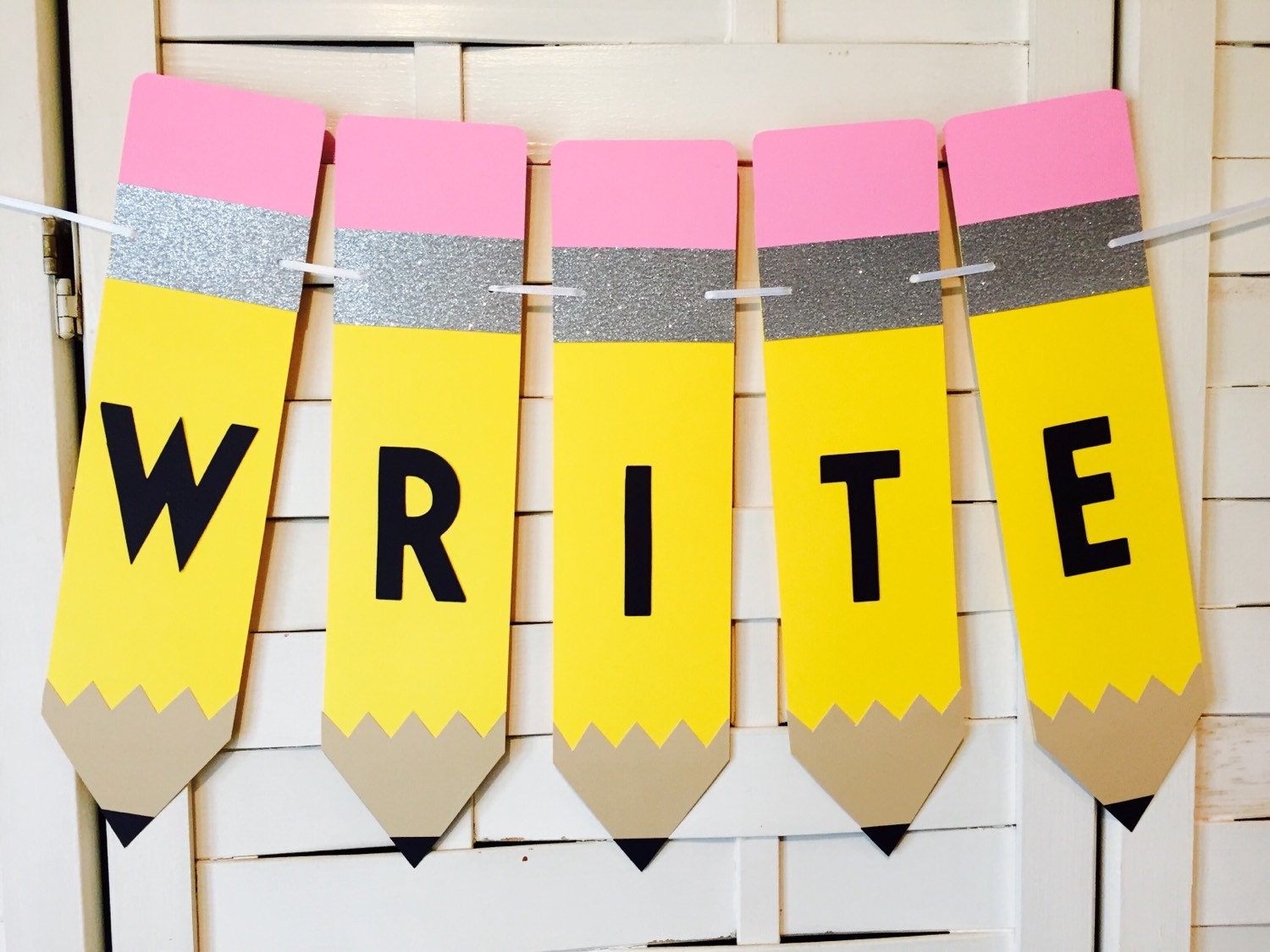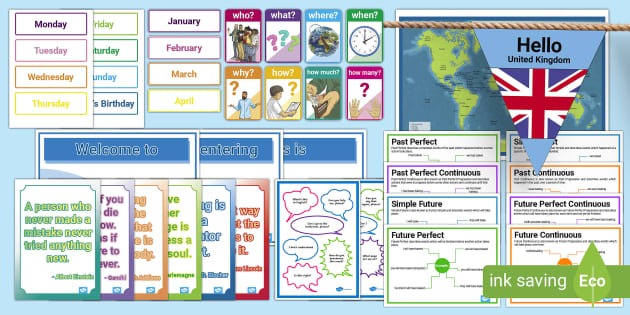As an English teacher with over a decade of experience, I’ve come to realize that an inviting and engaging classroom can significantly impact students’ learning experiences. The classroom environment is not just about four walls; it’s a space that reflects creativity, motivation, and cultural richness. In this comprehensive guide, we’ll explore various decoration ideas, share personal experiences, and provide practical tips to help you create an inspiring English language classroom.
The Importance of Classroom Decoration
Classroom decoration goes beyond aesthetic appeal; it serves crucial educational purposes:
- Fosters a Positive Learning Environment: Vibrant decorations can boost students’ moods and enhance their willingness to participate.
- Encourages Cultural Awareness: Incorporating diverse cultural elements can make students feel represented and engaged.
- Enhances Learning: Visual aids and thematic decorations can aid in memory retention and comprehension.
Creative Ideas for English Language Classroom Decoration

1. Thematic Walls
Thematic walls can play a pivotal role in immersing students in the English language. Here are some themes to consider:

| Theme | Description | Pros | Cons |
|---|---|---|---|
| Literary Classics | Decorate with quotes and illustrations from classic literature. | Encourages literary appreciation. | May not engage all students. |
| Cultural Diversity | Highlight different cultures through art and language. | Promotes inclusivity and respect. | Requires continuous updates. |
| Grammar Fun | Use posters to illustrate grammar rules creatively. | Makes grammar more relatable. | Can be overwhelming if cluttered. |
2. Interactive Bulletin Boards

Interactive bulletin boards are a fantastic way to engage students actively. Consider the following ideas:
- Word of the Day: Create a space where students can contribute new vocabulary each day.
- Student Work Showcase: Dedicate a board to display students’ projects and writing exercises.
- Book Recommendations: Allow students to recommend and review books they’ve read.

DIY Bulletin Board Ideas
Here are simple steps to create your DIY interactive bulletin board:

- Choose a theme based on current classroom topics or student interests.
- Gather materials like fabric, paper, and printing supplies.
- Involve students in the creation process to enhance ownership.
Incorporating Technology in Classroom Decoration

With the increasing use of technology in education, integrating tech elements into your classroom decor can enhance learning:
- Smart Boards: Use these interactive boards to display lessons and engage students.
- QR Codes: Add QR codes to decorations that link to related resources or additional information.
- Digital Displays: Use screens to showcase student projects, news, or upcoming events.

3. Inspirational Quotes
Incorporating quotes from famous authors, poets, or even students can inspire and motivate:
- Wall of Inspiration: Dedicate a wall to display rotating quotes.
- Student Contributions: Encourage students to share quotes that resonate with them.
Personal Experiences with Classroom Decoration
In my first years of teaching, I underestimated the power of decoration. I had a plain classroom with minimal engagement. After attending a professional development workshop on classroom environments, I realized the potential of creative spaces. I began incorporating student artwork, thematic decorations, and interactive elements. The change was remarkable; students showed increased participation and enthusiasm for learning.
Pros and Cons of Classroom Decorations
| Pros | Cons |
|---|---|
| Enhances Learning Environment | May require time and resources to maintain. |
| Encourages Creativity | Can become cluttered if not managed properly. |
| Boosts Student Morale | Some decorations may not resonate with all students. |
FAQs about Classroom Decoration
What are some budget-friendly decoration ideas?
Consider using student artwork, printable posters, or repurposed materials for decoration. You can also organize decoration days where students contribute and help create a vibrant environment.
How can I involve students in the decoration process?
Involve students by inviting them to suggest themes, create artwork, or contribute to bulletin boards. This engagement can foster a sense of ownership and pride in their learning space.
Are there specific colors that work best in a classroom?
Soft colors like blues and greens are known to promote calmness, while brighter colors can stimulate creativity. A balanced color scheme can create an inviting atmosphere.
Creating an Inclusive Environment through Decoration
It’s essential to ensure that your decorations reflect the diversity of your classroom. Here are some tips:
- Showcase Diverse Cultures: Include decorations that represent the various cultures and backgrounds of your students.
- Language Representation: Display vocabulary in multiple languages to embrace students’ linguistic backgrounds.
- Highlight Significant Dates: Celebrate cultural festivals and significant dates through decorations.
Conclusion
Decorating your English language classroom is not just about making it visually appealing; it’s about creating a space that fosters learning, engagement, and inclusivity. By implementing the ideas discussed in this article, you can significantly enhance your students’ educational experience. Remember, the classroom is a reflection of the learning journey—make it inspiring!